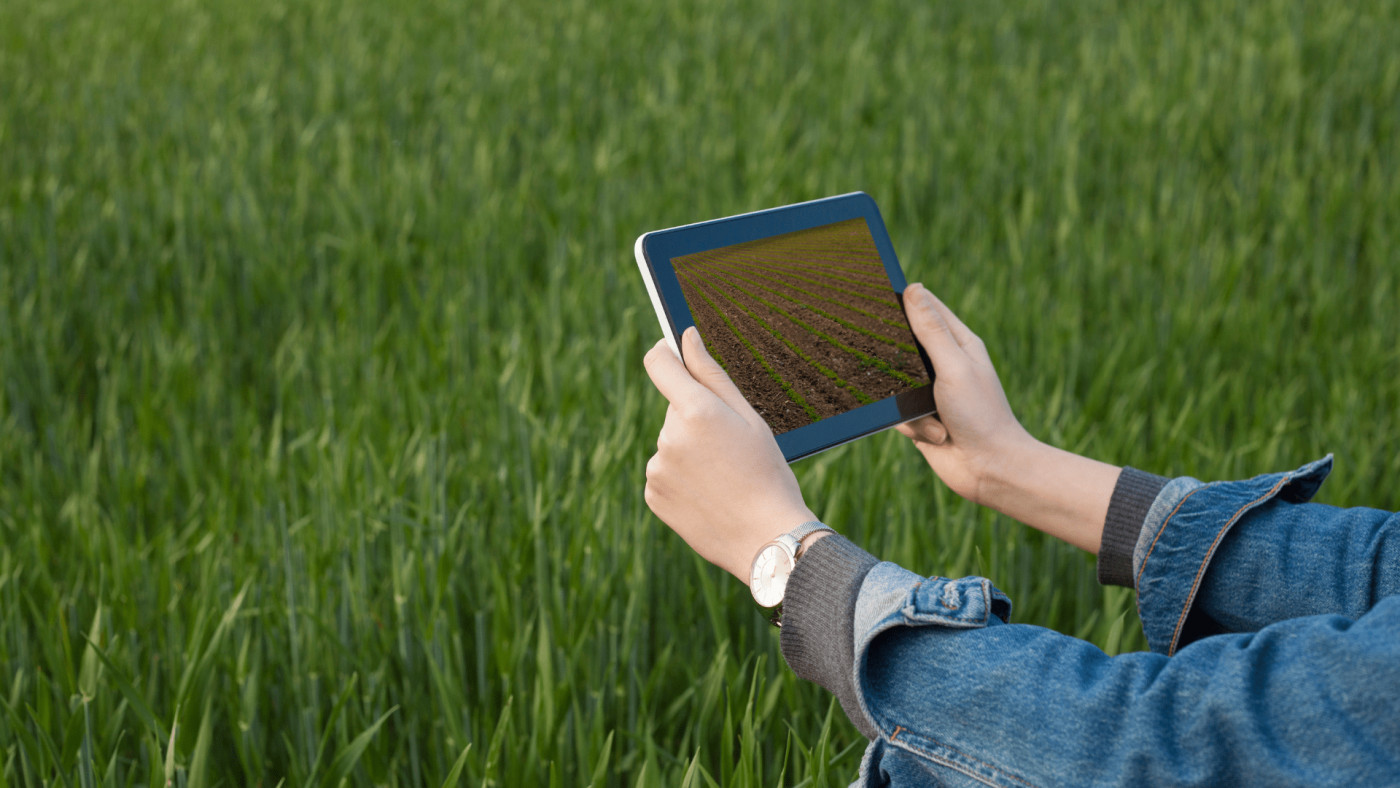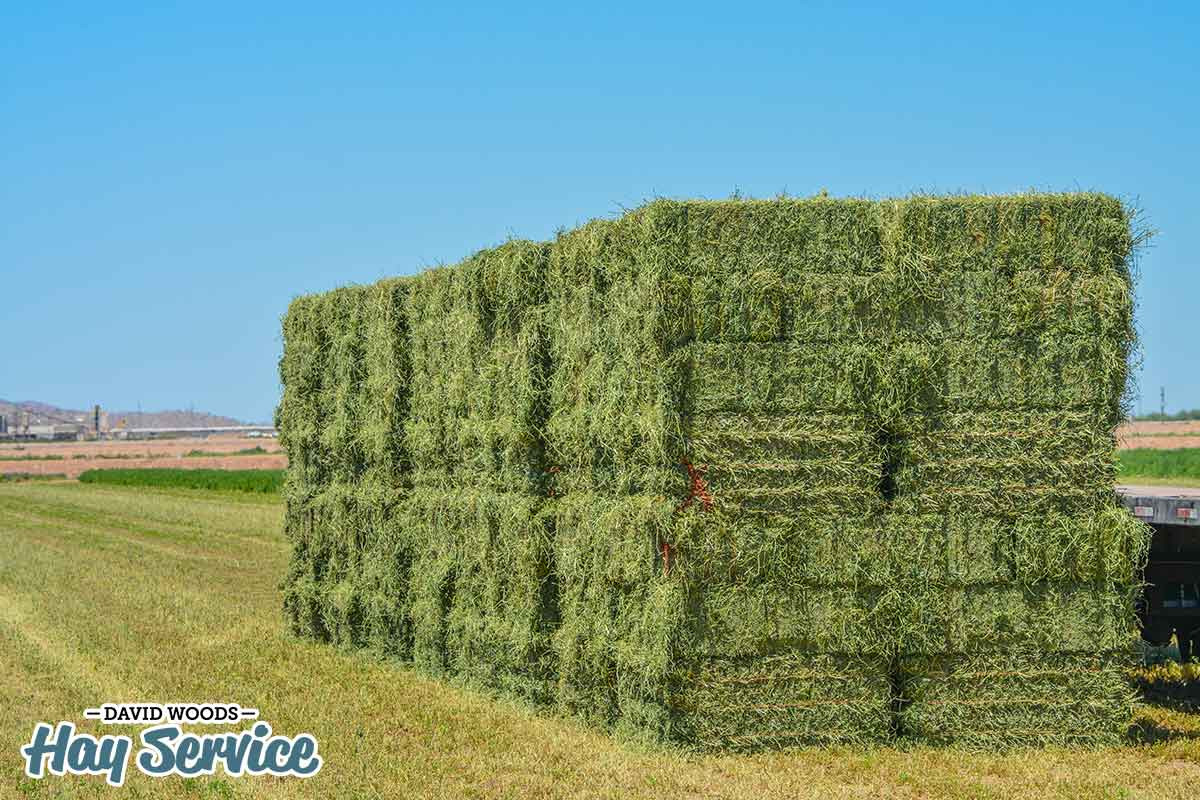The Rise of Digital Farming Software: Shaping the Future of Agriculture
The agricultural industry is undergoing a digital transformation, driven by the increasing adoption of technology to enhance productivity, efficiency, and sustainability. At the heart of this revolution lies digital farming software, which is rapidly changing the way farmers manage their operations. The global digital farming software market is projected to experience significant growth in the coming years, reaching $12.97 billion by 2028, according to a recent market research report. This surge is fueled by a confluence of factors, including government support, cost savings, and a growing focus on sustainable agricultural practices.
Key Drivers of Growth in the Digital Farming Software Market
Several key drivers are propelling the growth of the digital farming software market. These include:
-
Government Initiatives and Support: Governments around the world are actively promoting the adoption of digital technologies in agriculture to improve efficiency and address food security concerns. This support comes in the form of subsidies, research grants, and regulatory frameworks that encourage the development and deployment of digital farming solutions.
-
Cost Savings and Enhanced Profitability: Digital farming software offers a range of benefits that contribute to cost savings and increased profitability for farmers. These benefits include:
- Optimized Resource Utilization: Precise data-driven insights help farmers use inputs like fertilizers, water, and pesticides more efficiently, reducing waste and expenses.
- Improved Crop Management: Real-time monitoring of crop health allows for early detection of diseases and pests, leading to timely interventions and minimizing crop losses.
- Enhanced Yield Prediction: Accurate yield predictions enable farmers to plan their planting and harvesting schedules effectively, optimizing production and maximizing revenue.
-
Growth of Agritech Businesses: The emergence of innovative agritech startups and the growing investment in this sector are driving the development and adoption of advanced digital farming solutions. These companies are leveraging technology to address critical challenges in agriculture, fostering innovation and market growth.
-
Rising Concerns over Agriculture Sustainability: With increasing awareness about climate change and environmental sustainability, farmers are adopting digital technologies to reduce their environmental footprint. Digital farming software enables sustainable practices by optimizing resource use, reducing chemical inputs, and minimizing soil degradation.
-
Increasing Demand for Global Food Security: The global population is projected to reach 9.7 billion by 2050, leading to an increased demand for food production. Digital farming solutions play a crucial role in addressing this challenge by boosting productivity and improving food security.
Emerging Trends in the Digital Farming Software Market
The digital farming software market is characterized by a number of emerging trends, including:
-
Adoption of Cloud-Based Platforms: Cloud-based platforms are gaining traction due to their scalability, accessibility, and cost-effectiveness. Farmers can access data and analytics from anywhere with an internet connection, facilitating remote management and collaboration.
-
Integration of AI and Machine Learning: Artificial intelligence (AI) and machine learning (ML) are transforming agricultural practices by enabling automated decision-making and predictive analytics. These technologies analyze vast amounts of data to identify patterns, optimize resource allocation, and improve yield forecasts.
-
Development of Mobile Applications: Mobile applications are making digital farming solutions more accessible to farmers, allowing them to monitor their operations, access data, and receive alerts on their smartphones or tablets.
-
Integration of Big Data Analytics: Big data analytics tools are used to analyze vast amounts of agricultural data, providing insights into crop health, soil conditions, and market trends. This data-driven decision-making helps farmers optimize their operations and improve profitability.
-
Advancements in Sensor and IoT Technologies: Advancements in sensor and Internet of Things (IoT) technologies are providing farmers with real-time data on environmental conditions, crop growth, and livestock health. This data enables precise monitoring and management of agricultural operations.
Major Players in the Digital Farming Software Market
The digital farming software market is characterized by a competitive landscape with several major players, including:
- Bayer AG
- Deere & Company
- Yara International ASA
- Granular Inc.
- AGCO Corporation
- CropX Inc.
- Trimble Inc.
- Topcon Positioning Systems, Inc.
- Raven Industries, Inc.
- Iteris Inc.
- Ag Leader Technology Inc.
- Taranis Visual Ltd.
- FarmWise Labs, Inc.
- Farmers Edge Inc.
- Agworld Pty Ltd
- FieldIn Ltd.
- Agrian Inc.
- Farmobile LLC
- FarmLogs Inc.
- AgJunction Inc.
- AgriWebb Pty Ltd.
- Prospera Technologies Ltd.
- SST Software
- Arable labs Inc.
- Gamaya SA
- VanderSat B.V.
- Farmwave LLC
- CropIn Technology Solutions Pvt Ltd.
- FluroSat Pty Ltd
These companies are actively developing and deploying innovative digital farming solutions, shaping the future of agriculture.
The Future of Digital Farming Software
The digital farming software market is poised for continued growth, driven by ongoing technological advancements and the increasing focus on sustainable agriculture practices. As technology evolves, we can expect to see even more sophisticated digital farming solutions that further enhance productivity, efficiency, and sustainability in the agricultural sector.
The future of digital farming software is bright, with the potential to revolutionize the way we grow food and address the challenges of feeding a growing global population while protecting the environment.

















